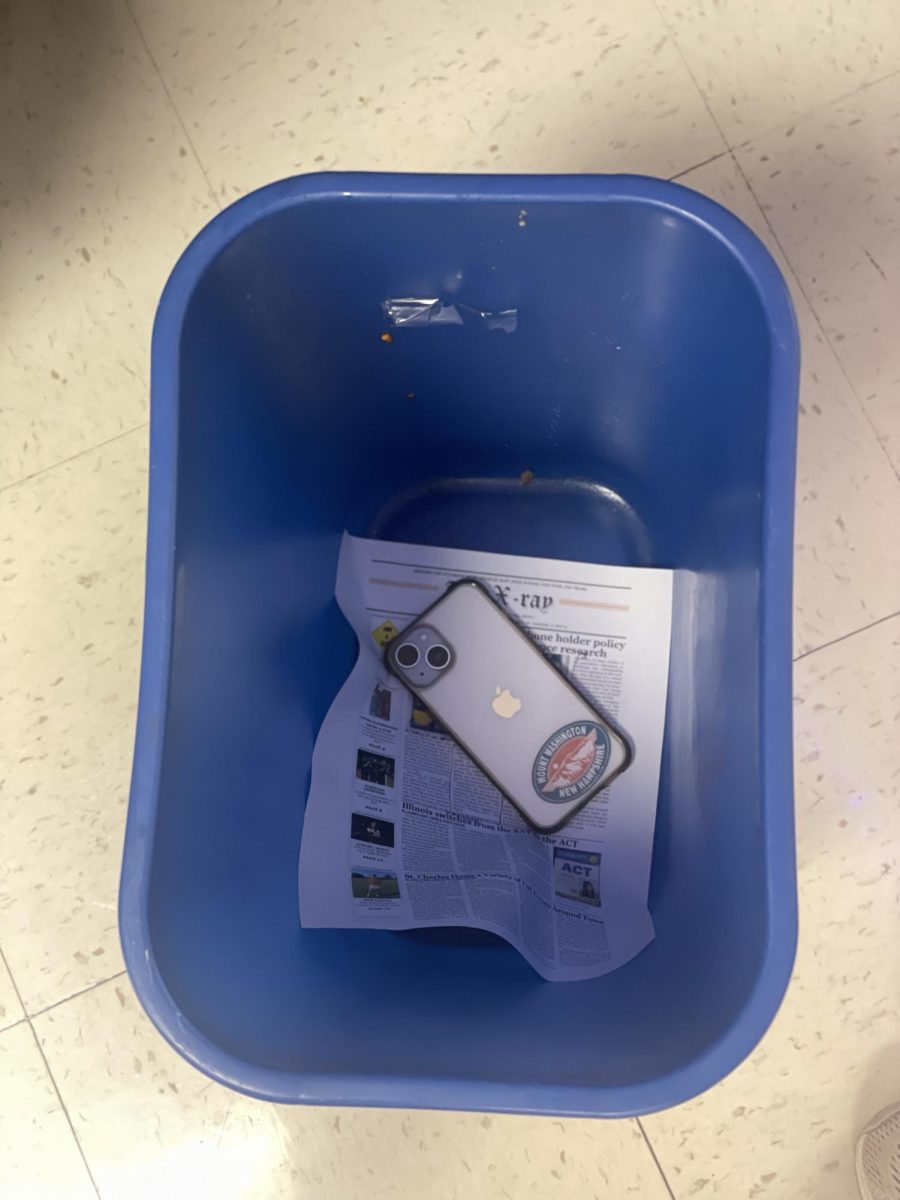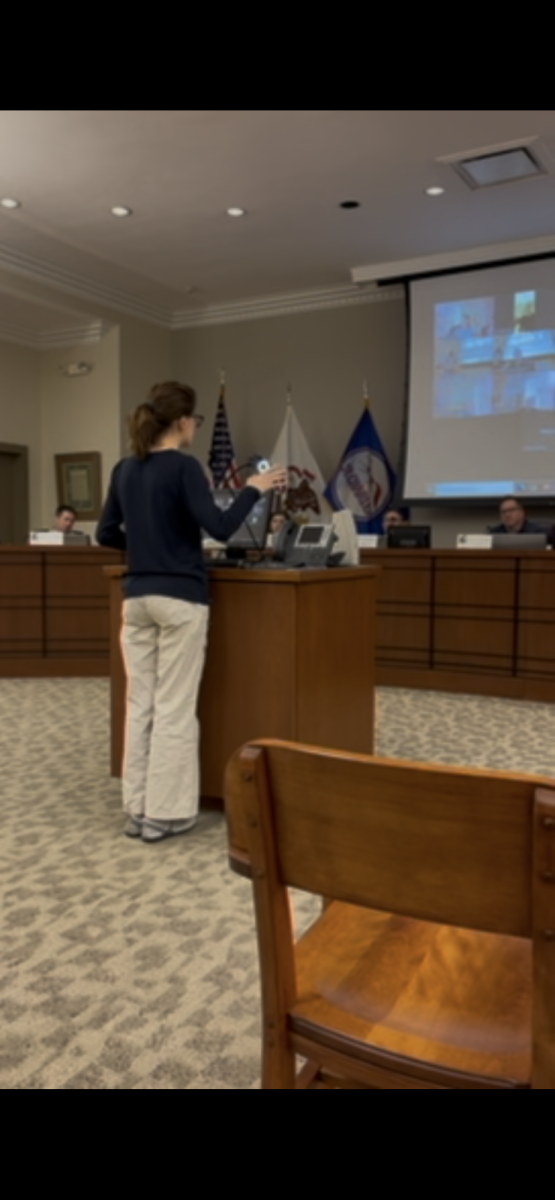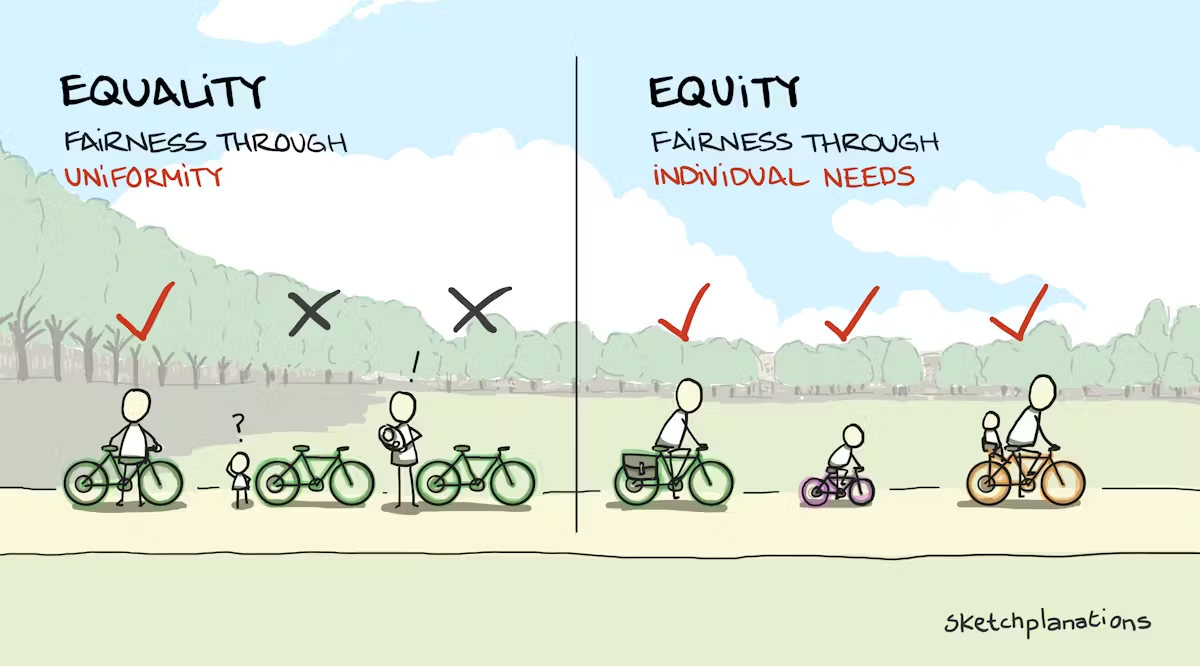The start of the 2024-2025 school year brought reinstated phone policy to St. Charles East classrooms.
Since my freshman year of high school, the blue and yellow phone holders adorned with numbers have sat in the corner of almost every classroom, collecting dust. That was until this past year.
On the first day of school, many teachers assigned students phone pocket numbers and required phones to be placed in caddies. Phones are to be left in the pocket for the entirety of class unless the teacher permits one to use them for an assignment. It’s three months into the year, and the rules are still in place.
The unexpected addition of the phone policy has left some students frustrated. “It’s probably true that they distract us, but we’re gonna have them out of high school and college,” said senior Cooper Brown, “If they aren’t gonna distract us here, they’ll distract us after, so what’s the point?”
Although some classes still require phones to be put in the caddies, many classes have eased up on the phone rule. Walking through the halls, it’s become noticeable that some teachers have become more lenient with phone usage. Whether that’s due to not taking attendance based on phone holder presence or a compromise between students and teachers on keeping their phones away in bags, the phones seem to be returning to students’ hands. No matter how hard people try to keep their phones away, they always seem to find their way back to the student during work time.
But this raises the question: are phones sometimes necessary in classrooms? Yes! In some art classes, like 3D media, phones are used to photograph one’s art or gain inspiration for their next clay creation. In Spanish, some students use phones to look up words in the Spanish dictionary during discussions. Sometimes phones are necessary.
Despite this, phone policy discussions are still being pushed forward, and even students are getting in on it. Senior Ellen Jahoda is a member of the superintendent’s advisory committee for the policy. “So for the first meeting we basically just talked about the pros and cons of phones,” Jahoda said. “We discussed the chapters we read for ‘The Anxious Generation’ [by Jonathan Haidt], and went to meet our table groups and get a general feel of where everyone’s opinions are.”
While a permanent phone policy is in the works, some students have expressed their ways of solving the phone distraction issue. “Maybe [there should] be a system where you get three strikes,” said senior Amelia Iwanski. “You only have to put your phone away after multiple warnings.”
According to Jahoda, St. Charles East plans to implement an enhanced phone policy in the 2025-2026 school year.








